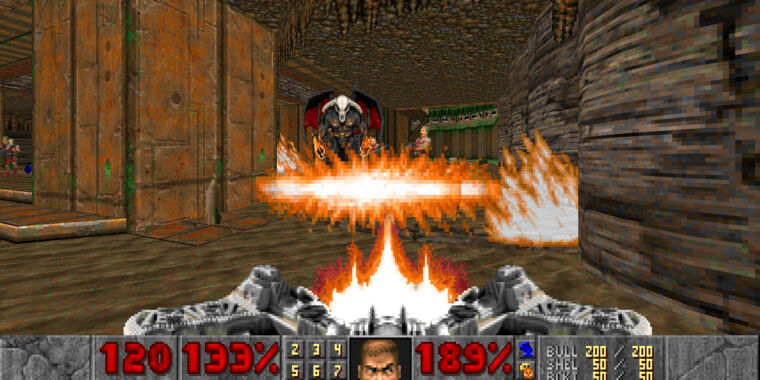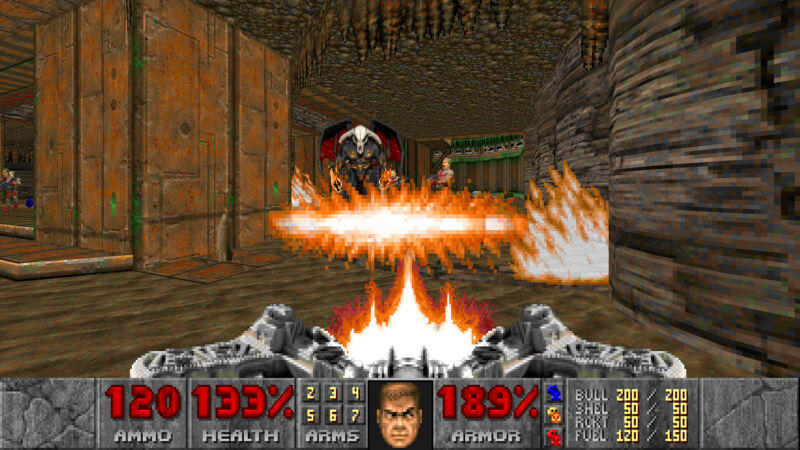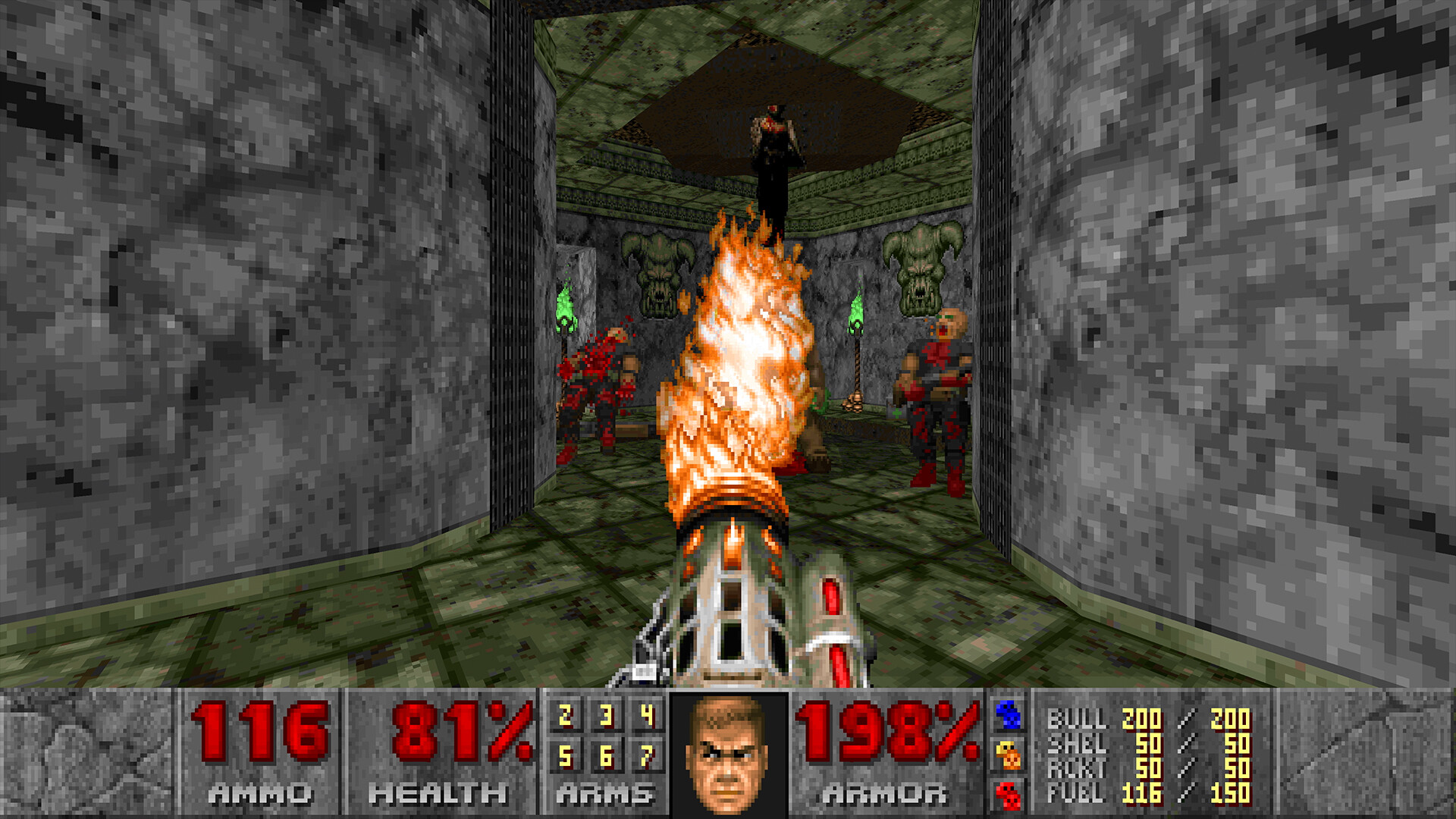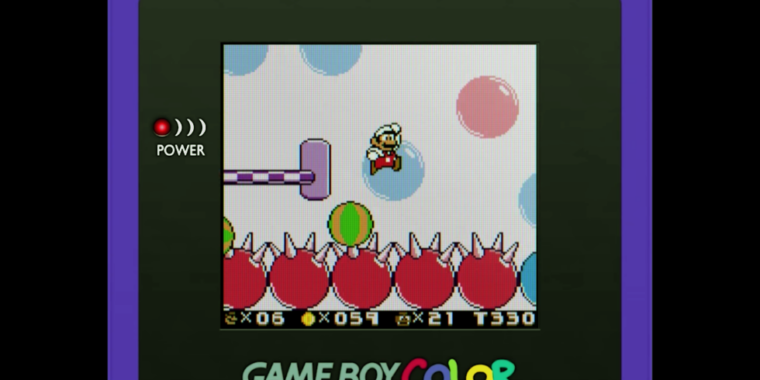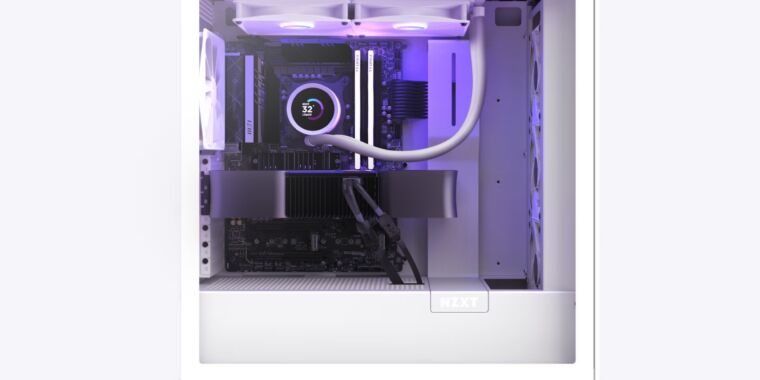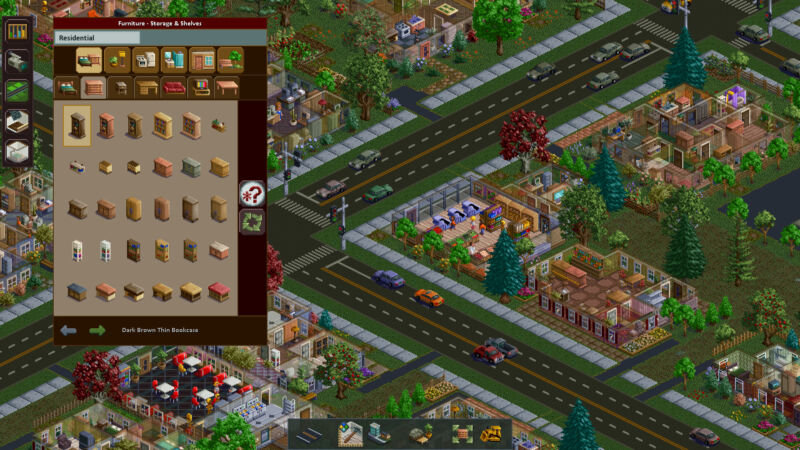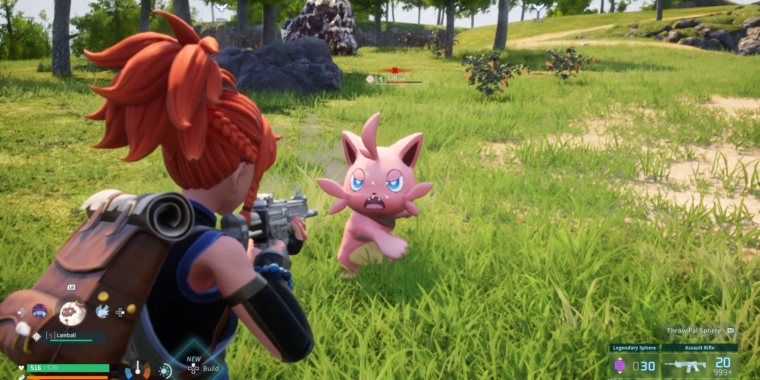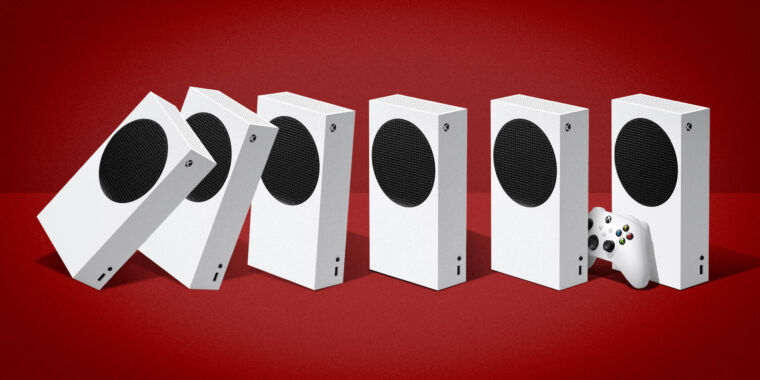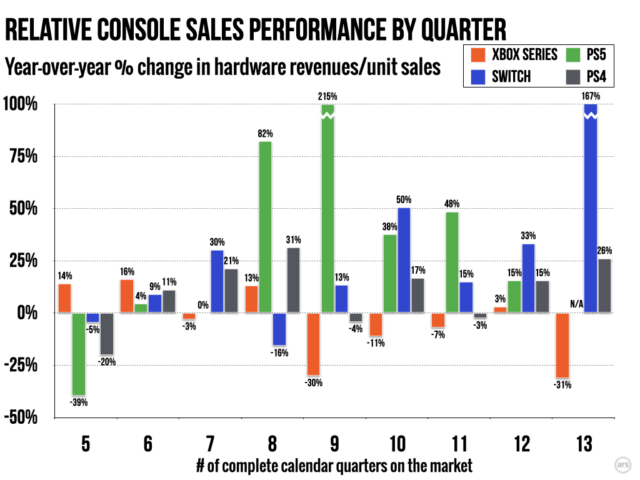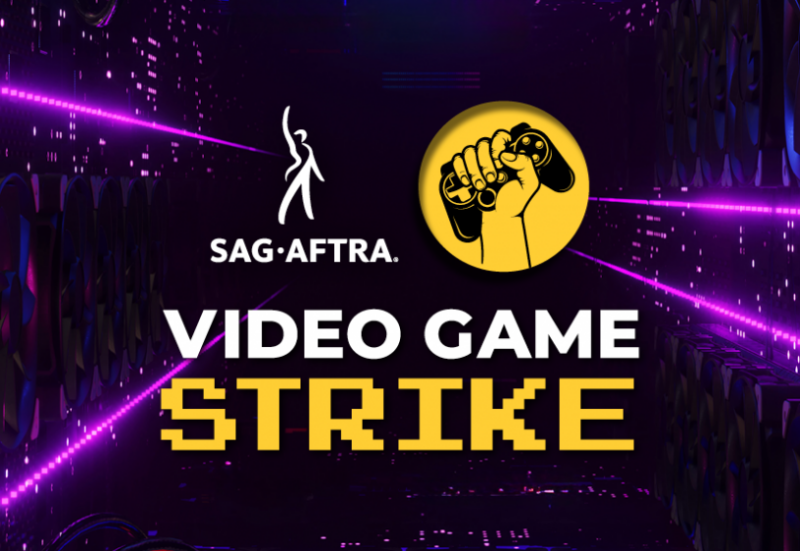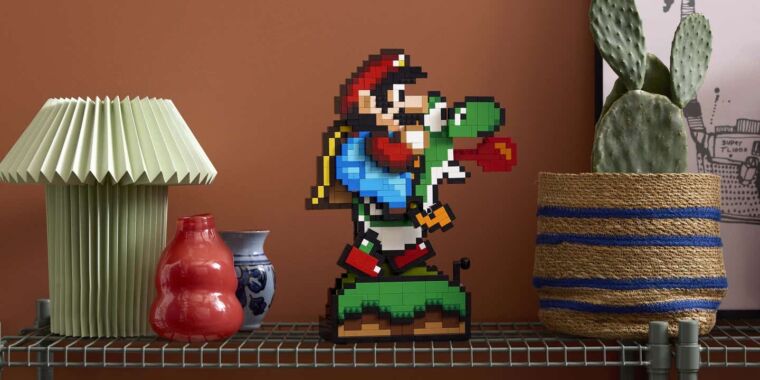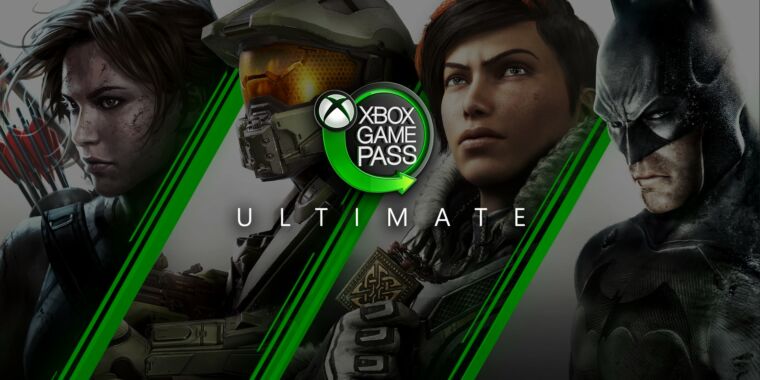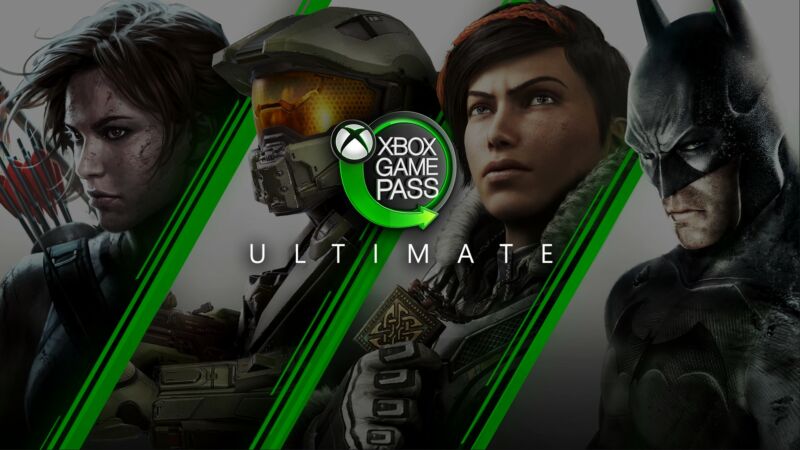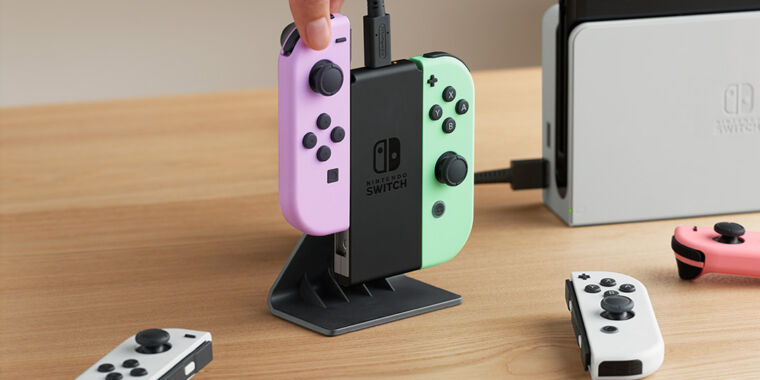Mysterious “Black Mesa” website says it’s “not secretly working on Half Life 3”
That’s what they want you to think —
It’s “actually a real company in the Boston area”—or is that just a cover?!
Here at Ars, we’re always on the lookout for hints and actions that suggest the long, long wait for Half-Life 3 may eventually come to an end. So when users across the Internet started making note of the mysterious and intriguingly named BlackMesa.com recently, our ears perked up for signs of a new promotional alternate reality game (ARG).
Alas, this seems like yet another false alarm. BlackMesa.com is simply the website for Black Mesa, which confirmed in a public statement that it is “actually a real company in the Boston area… working hard to assure and secure vaccine and other biological manufacturing production.”
HALF LIFE 3 MIGHT BE GETTING ANNOUNCED ON SEPTEMBER 30THhttps://t.co/hSytiq2GoR Just went live and it has a countdown at the bottom of the page, that ends on September 30th. When it finishes it will display a white text saying “That’s it.” pic.twitter.com/MK3QveRc6R
— PеQu (@ImPeQu) August 9, 2024
The BlackMesa.com domain name dates back to at least 2006, when the address was filled with search engine optimization ads by an outfit called MDNH, Inc. But in 2022, a page advertising the domain’s availability for purchase was suddenly replaced by a mysterious logo that bears a striking resemblance to the fictional Black Mesa logo in the games. And then there’s the hard-to-read cipher at the bottom, the kind of thing that an ARG might use to hide important information in plain sight.
The site stayed like that, to little wider notice or suspicion, until August 8, when Valve fans on social media began to “[wake] up to a Black Mesa website” that had suddenly been updated with a new header declaring, “Science requires process. Our insight defends it.” Others on social media were quick to note the old cipher text as a well as a new, obfuscated JavaScript countdown function with the internal name “Lambda Incident”. That countdown seemed to be pointing toward something happening on September 30, which seems like as good a time as any to announce Half-Life 3, right?
Truth is less interesting than fiction
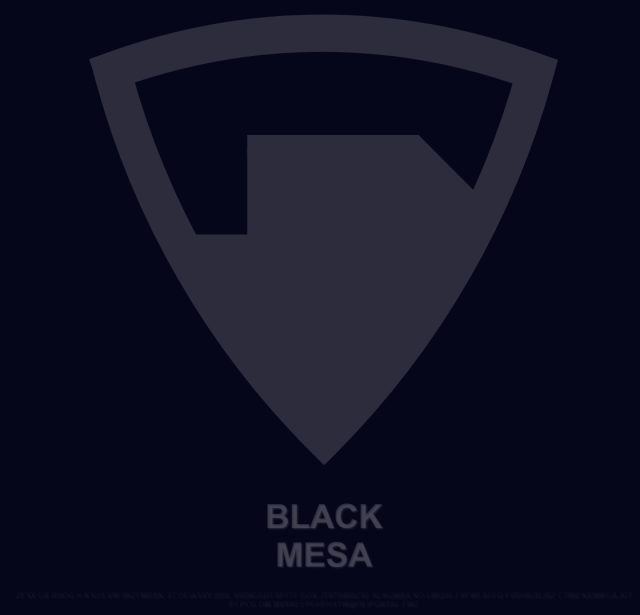
Enlarge / The old Black Mesa web site, as it appeared for roughly two years, until last week. Note the cipher text on the bottom.
The Valve faithful hoping this was a new version of the old Portal 2 Potato ARG had their hopes quickly dashed, though. Internet sleuths soon found a digital paper trail for Charles Fracchia, a research scientist who is listed on LinkedIn and elsewhere as the founder of “Black Mesa, a stealth company developing technologies that create provable assurance for advanced manufacturing workflows” since back in 2022. And by last Friday, the Black Mesa team put up a blog post quashing any game-related rumors that might be circulating.
“As much as we would be honored to be part of any Valve game—we do not work in this sector at all,” the blog post reads. “We are not secretly working on Half-Life 3, Project White Sands (whatever that is/may be) or any other Valve title—we’re just nerds working to secure the global bioeconomy.”
The team went on to thank the Half-Life community that had sent in “a ton of messages of support and curiosity” about the company, as well as “thousands of fake inquiries” that “made us laugh.” As for that old ciphertext? Turns out solving it simply unlocked a recruitment message seeking “engineers, cybersecurity professionals, and biologists” for the company. “KingPotatoVII please reach out, we’ve been trying to send you some swag for cracking the cipher a while back,” the Black Mesa team wrote with a smiley face emoji.
Any excuse to repost this video is a good one.
Despite the revelation of the real Black Mesa corporation, some hangers-on haven’t quite given up hope that this is all still just an extremely subtle bit of stealth marketing. “What if [actual scientist Charles Fraschia] is such a huge fan of Half-Life, like us, and decided to use his image/likeness to do this ARG for the game?” one Reddit user wrote last week. “Maybe he reached out and absolutely went full madlad with Valve to make this a magnum opus of an ARG. … Could be simply someone is heavy trolling us, and to be honest I’m not even mad because this is fun af!”
Keep hope alive, Valve faithful! Half-Life 3 is obviously just around the corner, no matter what anyone says! The truth is out there for those with eyes to see it!
Mysterious “Black Mesa” website says it’s “not secretly working on Half Life 3” Read More »



